Laney sophomore and shooting guard Adrienne Blackwell says she never uses her college’s locker rooms to change or shower. Neither do her teammates on the Laney Eagles basketball team. The half-functioning lights, missing floor tiles, water damage, and stains on the walls make the facilities feel unsafe. In one of the showers, three chunks of debris have fallen from the ceiling.
The locker rooms are “creepy,” Blackwell said. “We just avoid it.”
She says that she and her peers only enter the locker room on game days for halftime meetings. Instead of a team room, they use a whiteboard balanced on top of a fire extinguisher to plan their plays.
The locker rooms on Laney’s campus were built in 1968. The facilities sit adjacent to the gymnasium, where three of the five women’s athletic teams – swimming and diving, water polo, and basketball – practice and compete.
Non-athletic department students who are enrolled in dance, physical education, or kinesiology also utilize the storage and bathrooms inside the locker rooms, because of the proximity to their classrooms.
Additionally, Peralta’s Administrative Policy 5220 opens the locker rooms to any Laney student who faces housing insecurity for access to sinks and showers.
The men’s locker room serves fewer students than the women’s locker room. That’s because Laney’s two men’s athletic teams, football and baseball, utilize the locker rooms at the Field House instead, located on the far east side of campus. Built in 2011, the satellite facility featured in season five of Last Chance U, a Netflix documentary show that followed community college football.
The men’s teams use the Field House for classes, practice, and home games. Women’s track and field and cross-country also use the track around the football field and the Field House lockers.
The Field House is outfitted with designated locker rooms for the three sports, “Olympic-style” strength and conditioning equipment, an athletic trainer room, classrooms, and wireless internet access. White boards, cork boards, and flat screen televisions are distributed throughout the facility. The Athletic Director’s office is located in the Field House, making the Athletic Director more immediately accessible to athletes who use its facilities.
Title IX and Laney athletics: a history
On July 16, 2014, the Office for Civil Rights (OCR) at the Department of Education received a complaint against Laney College alleging sex discrimination in the athletics program. This prompted the office to launch an investigation to identify whether Laney was in violation of federal law. As a school that receives federal funding, Laney is subject to Title IX, which prohibits discrimination in education programs or activities on the basis of sex.
In particular, the office noted disparities between the “quality of the locker rooms at the Athletic Fieldhouse [sic] compared to the Gymnasium.” At the time of their investigation, the OCR declared the women’s locker room to be “in a state of disrepair” compared to the Field House.
Although the Field House is available to all student athletes, the investigation reported that “athletes and coaches informed OCR that the Fieldhouse [sic] location poses an inconvenience by adding travel time to and from that area of campus back to the Gymnasium for practice or games.”
Before the office could reach a determination, then-Laney President Elñora Webb signed a resolution agreement on Sept. 1, 2015. As part of the resolution, Laney College agreed to make a plan to fix the women’s locker rooms, without admitting to “any violation of Title IX or any other federal law.”
Athletes and locker room attendants reported concerns about the cleanliness and safety of the women’s locker room to The Citizen’s predecessor publication, The Laney Tower, in May 2016.
Laney’s alleged troubles with Title IX adherence date back further than 2014. The Tower reported on allegations of discriminatory treatment towards women athletes and instructors throughout the 1970s.
In 1977, the publication made an inquiry to the office of Health, Education, and Welfare about federal investigations regarding sex discrimination complaints at Laney’s physical education department. A representative told The Tower they could not share details about their investigation into the allegations publicly.
When The Citizen reached out to the OCR regarding updates to the 2014 complaint, we got the same answer The Tower did 47 years ago.
“Please know that we do not comment on pending litigation,” The Press Office wrote, providing a link to pending cases.
The 2014 case against Laney College is not listed as “pending” because the college is technically compliant with its resolution. However, the case remains open as Laney is still required to provide the OCR with quarterly updates on its “progress towards renovating the Gymnasium locker, shower, team and training room(s) so that they are comparable to those provided to the teams using the Athletic Fieldhouse [sic].”
Laney’s Title IX Coordinator Lily Espinoza said she has communicated with the Department of Education about updates to the locker room since assuming the role in June 2024.
Upon requesting Laney’s reports to the Department of Education about the renovation of the locker rooms, the OCR provided redacted documents claiming exemptions based on privacy.
On March 11, an executive order from the Trump administration cut the Department of Education in half. At least 240 employees were cut from the OCR division, according to The American Federation of Government Employees, the union representing department staff. It is unclear what will happen to the civil rights complaints being handled by the employees who were fired.
A decade of delays
On Dec. 8, 2015, in compliance with the resolution, Peralta’s Board of Trustees allocated over $2.2 million to renovate Laney’s locker room facilities. The money came from Measure A, a bond passed by Alameda County voters.
Today, almost 10 years since the OCR resolution was signed and initial funds were allocated for renovation, the district has not yet begun construction.
The Citizen has filed a public records request for the most recent financial reports from Laney’s athletic department.
Blackwell said her team has noticed the condition of the locker rooms declining. She said that if the facilities were cleaned, updated, and cared for like the Field House, the athletes would feel safer using them.
According to the Division of the State Architect, which oversees the design and construction of state-owned and leased facilities, the application for the project was received in Sept. 2021 and approved in Oct. 2024.
“Once [a project] goes to the Division of the State Architect, there’s not much that anybody really does except wait.” Peralta District Chancellor Tammeil Gilkerson said.
According to Gilkerson, the Division of the State Architect required Laney College to update its fire alarm system first before proceeding to other projects. The locker room renovation now places at number 12 on the district’s construction project priority list.
Gilkerson said that the locker room project is also being coordinated with the modernization of Laney’s theater, due to shared foundational support elements between the two buildings.
Multiple Peralta representatives attributed the project’s delays to closures caused by the COVID-19 pandemic.
Administrators also credited delays to increases in material cost. The scope of the renovation expanded since its inception to include equitable design and ADA compliance for both women’s and men’s locker rooms. By expanding the scope of the renovations to include both locker rooms, the project is estimated to cost nearly $11.5 million, five times the amount of the original funding allocation.
Annual program reviews make little mention of locker room renovations
Laney College Athletic Director John Beam has served in his role since July 2006.
“All our students, in particular our women student athletes, […] deserve better,” Beam said. “They keep telling me we’re gonna start [construction] this spring, or this spring. It’s been four or five springs since I’ve heard that.”
Beam said his involvement in the renovation project became more “hands-off” after multiple changes in leadership at Laney and Peralta. Still, he wrote that he has advocated for the locker room renovations on “every program review.”
“I’ve asked for upgraded locker rooms for athletes, i.e. team rooms, new training facilities on the main campus as well as an additional athletic trainer, which we got a year ago,” Beam wrote.
Program reviews inform the college of how to prioritize resources for each program, and must be validated by the college’s Institutional Effectiveness Committee. The athletic department has submitted its own program reviews for the past two years, separately from kinesiology.
In the 2023-2024 program review, Beam’s sole reference to the on-campus locker rooms was that they “will be remodeled” starting Jan. 2024.
In the 2024-2025 program review, Beam expressed how resources should be prioritized for the on-campus locker rooms with a single sentence. “Our main campus women’s and men’s locker rooms were supposed to be remodeled in 2018, but we still have not broken ground,” he wrote.
The most recent review of athletics was not validated. Institutional Effectiveness Committee Co-chair Heather Sisneros said program reviews may not be validated when they do not meet the criteria on the grading rubric, or are submitted late. Program reviews for the 2024-2025 period were due by Oct. 21, 2024.
The draft of the athletic department program review was created on Oct. 31, 2024 and “launched” Nov. 1, 2024, according to “meeting notes” on the review.
What Laney’s women athletes can anticipate next
Former Laney College President Rudy Besikof confirmed the renovation project is slated to go to the board for approval before the end of the semester. “Given that we’ve identified [a construction firm] to do the work, we could see shovel hitting dirt hopefully two or three weeks after board approval,” he said.
Students should not expect to be able to use the locker rooms next semester. Chancellor Gilkerson estimated that the project will start in June and take nine months to complete.
Beam said that once construction is underway, students can use the portable lockers available at Eagle Village. These portable lockers do not include showering facilities. Furthermore, the recent layoffs at Peralta slashed both of Laney’s locker room attendant positions, meaning employees won’t be around to guide students to the temporary lockers.
Blackwell said that prior to being interviewed, she wasn’t aware of any planned renovations to the women’s locker room – but she does know that, without access to safe, clean facilities, the morale of her team and the rate of recruitment will continue to struggle until the issue is fixed for good.
The Citizen examined over 300 public documents from vendor contracts, architectural designs, digital newspaper archives, meeting minutes, the Department of Education, Division of the State Architect, California Community College Athletic Association, and BoardDocs.


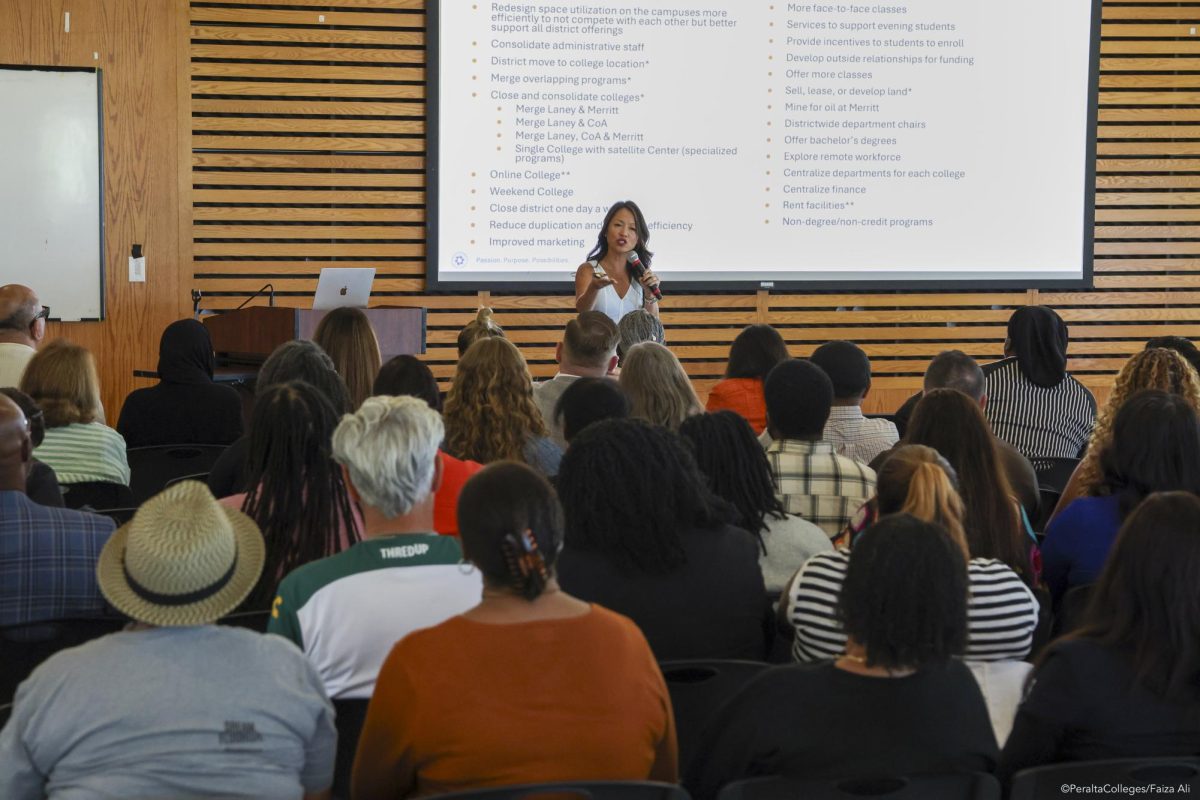







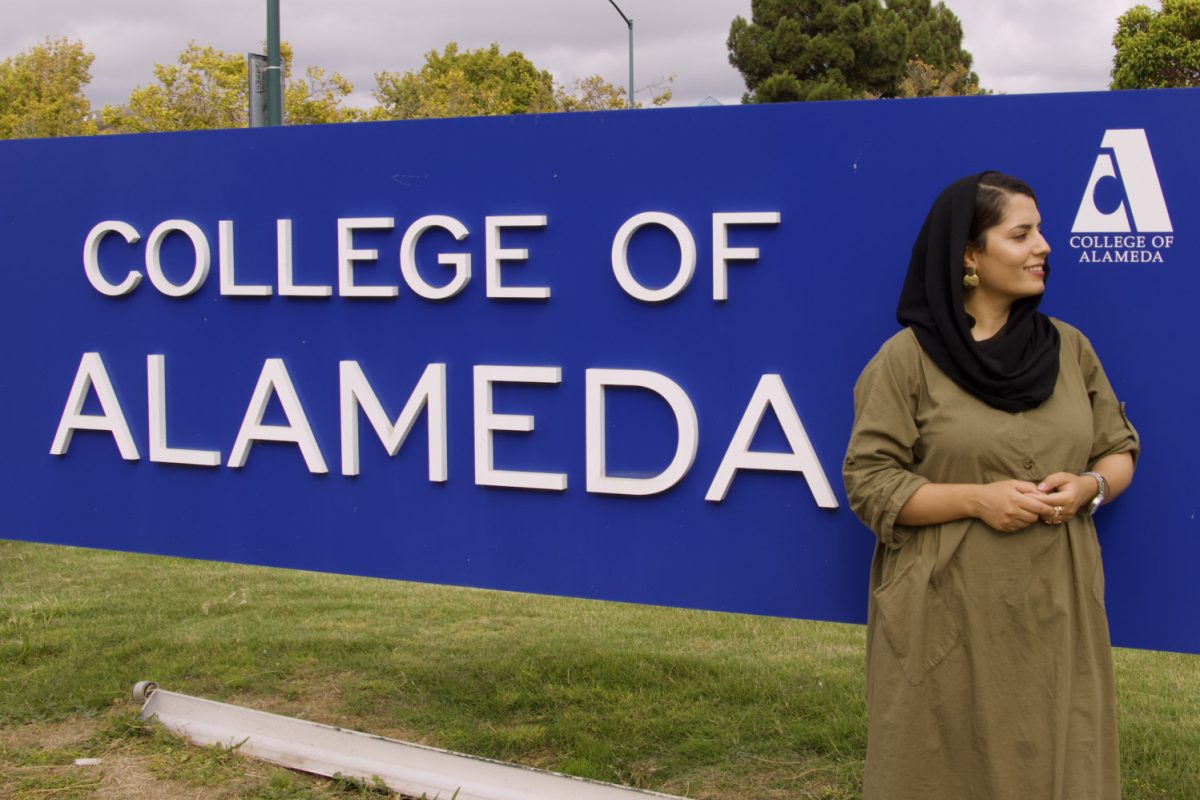

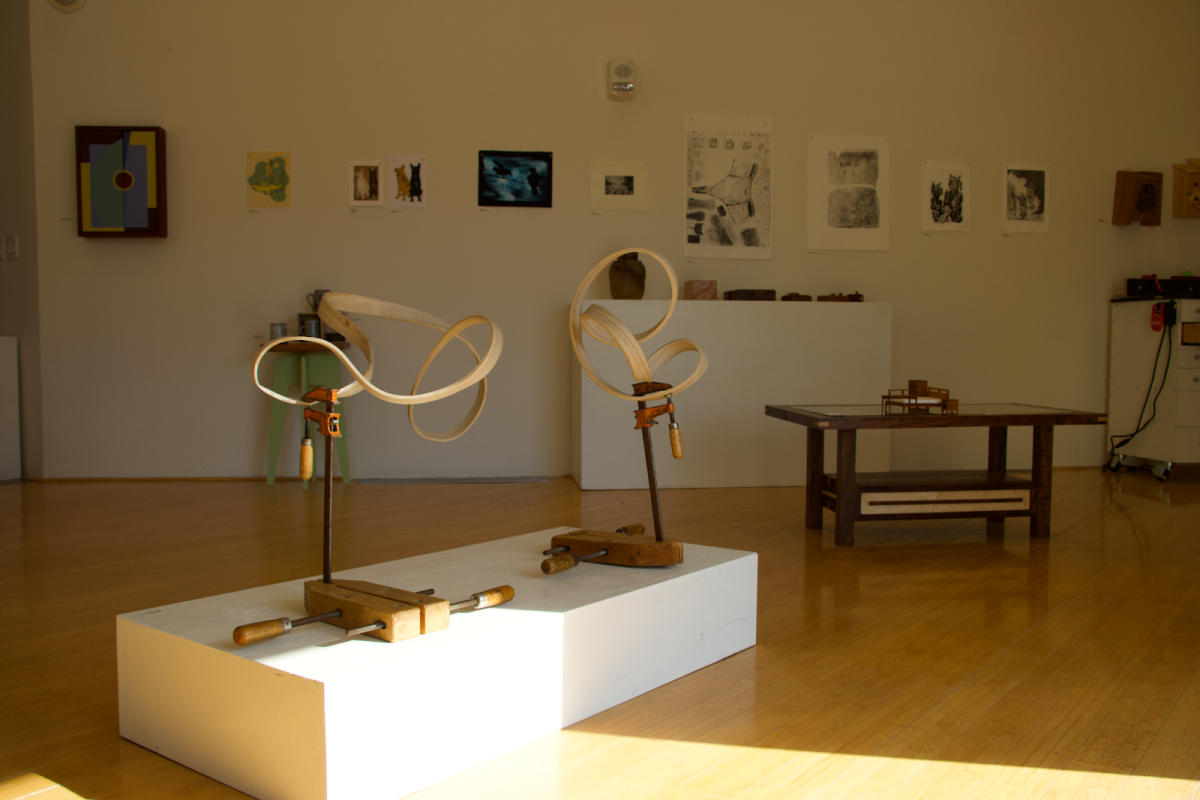
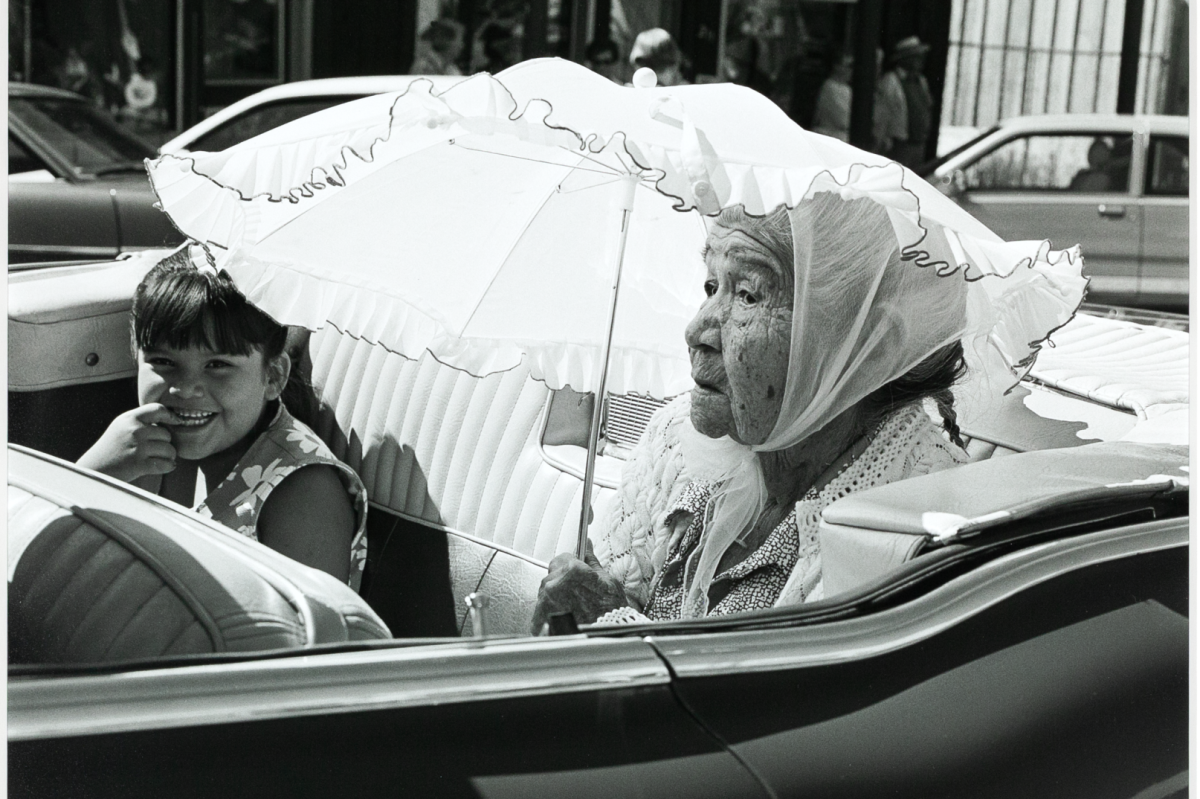



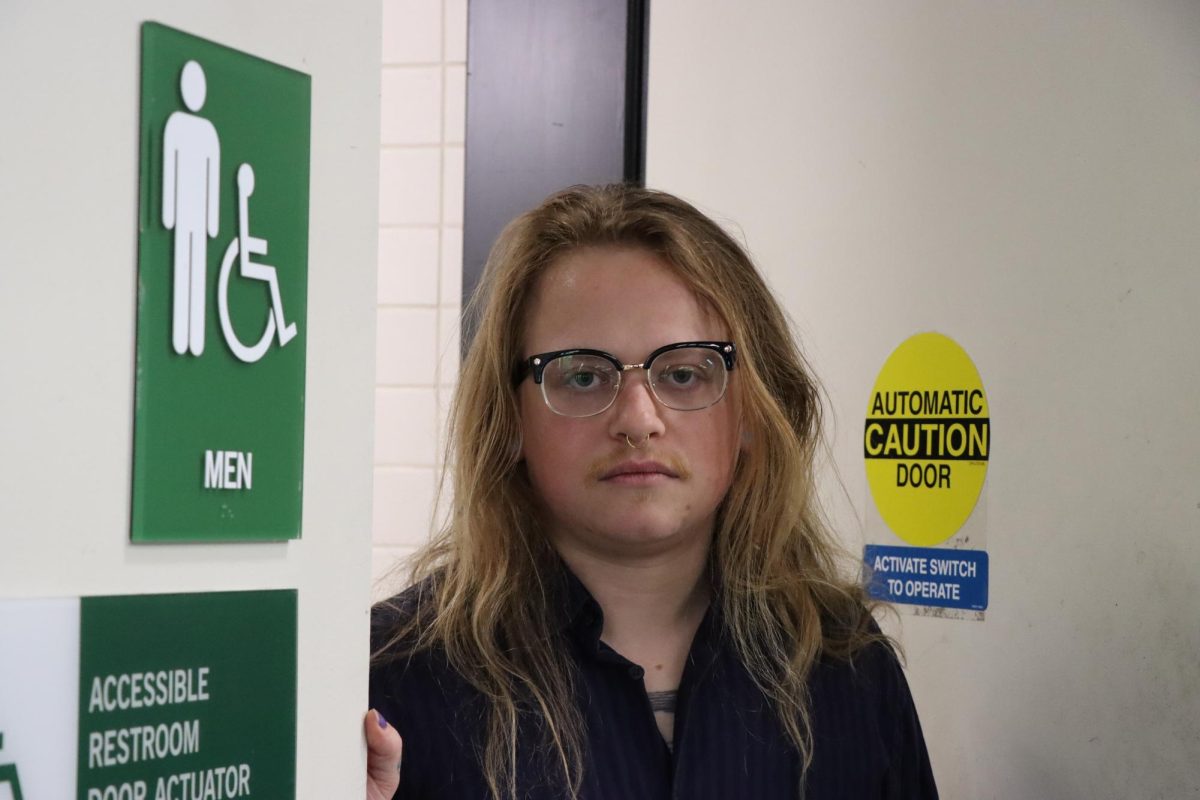










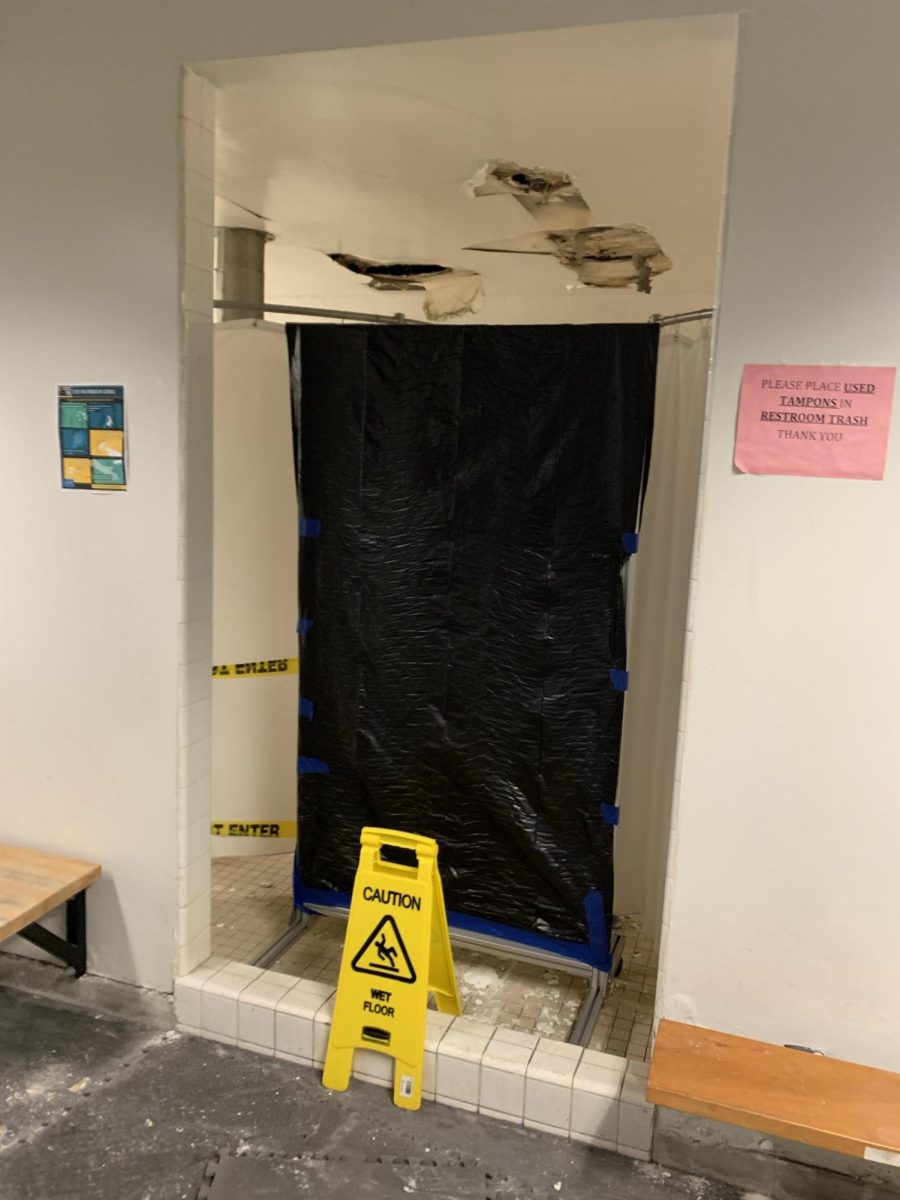


Linda Dewrance • Apr 9, 2025 at 6:44 pm
Great article!
Laney’s women’s locker room has been a disgrace for over three decades. These facility inequities faced by the women’s swim team, women’s water polo team, and women’s basketball team continue to violate Title IX.
The female students enrolled in Laney’s fitness and dance classes, as well as other visiting college women’s athletic teams, deserve better!
Hopefully, construction will begin soon to improve the women’s locker room!
Retired Softball/Volleyball Coach
(Laney ’94-’08 & College of Alameda ’04-’20)